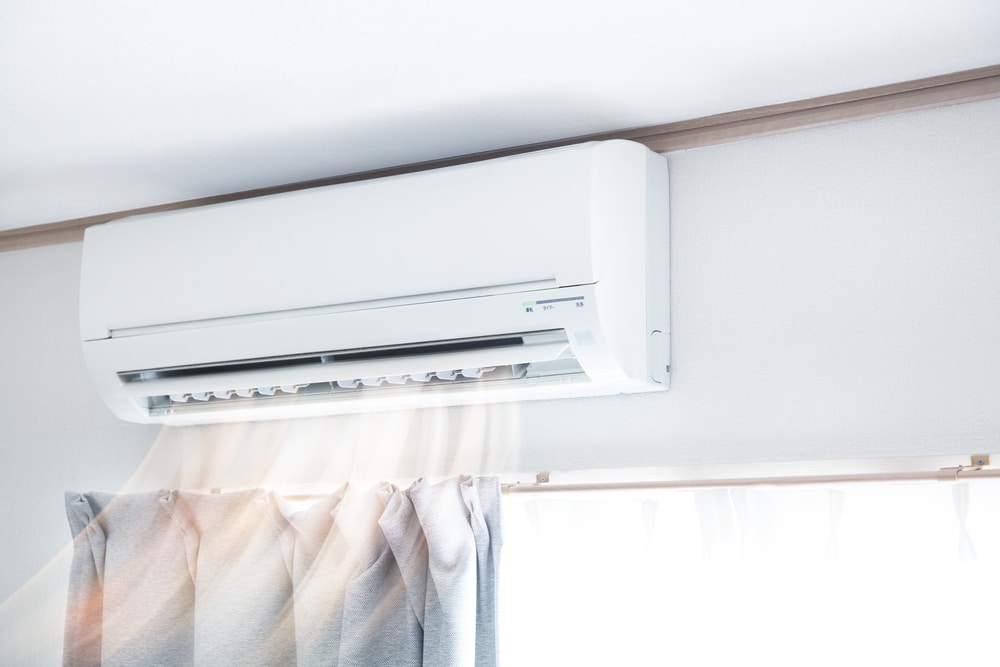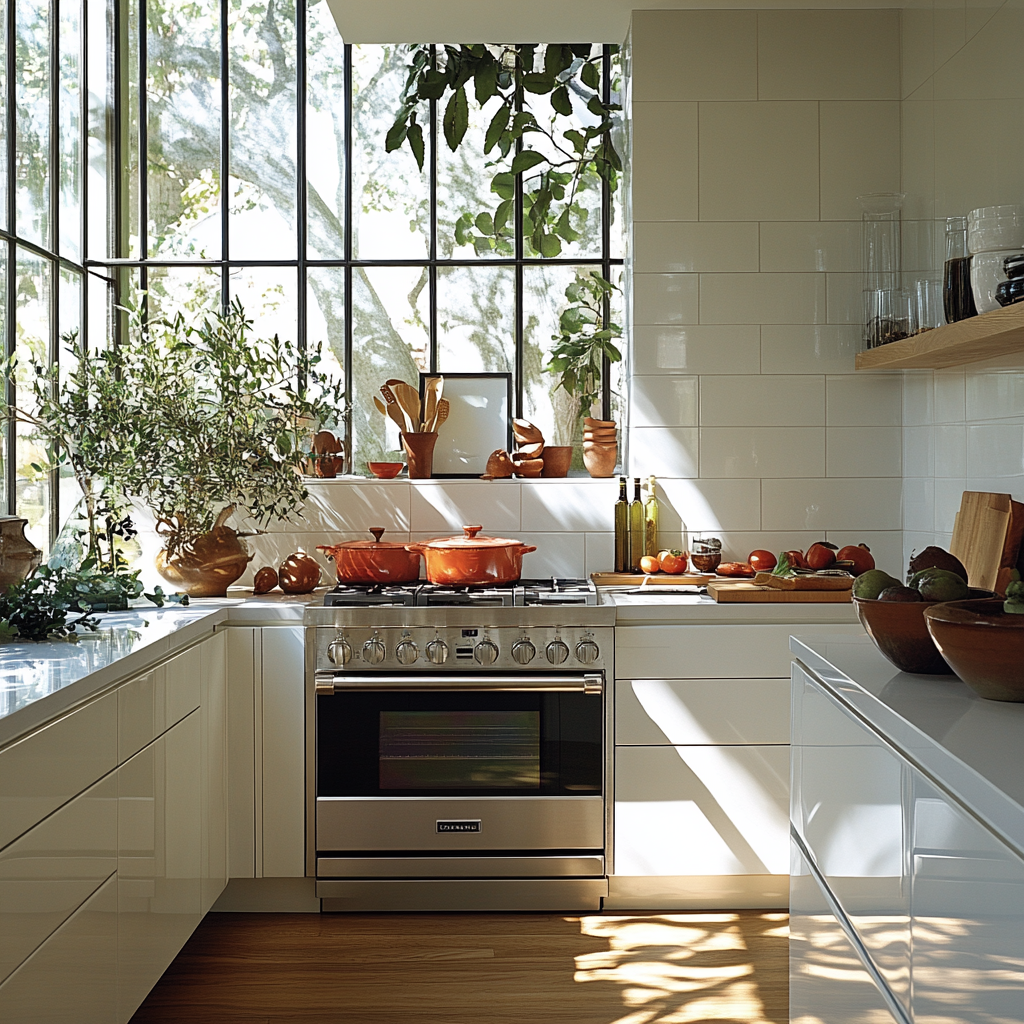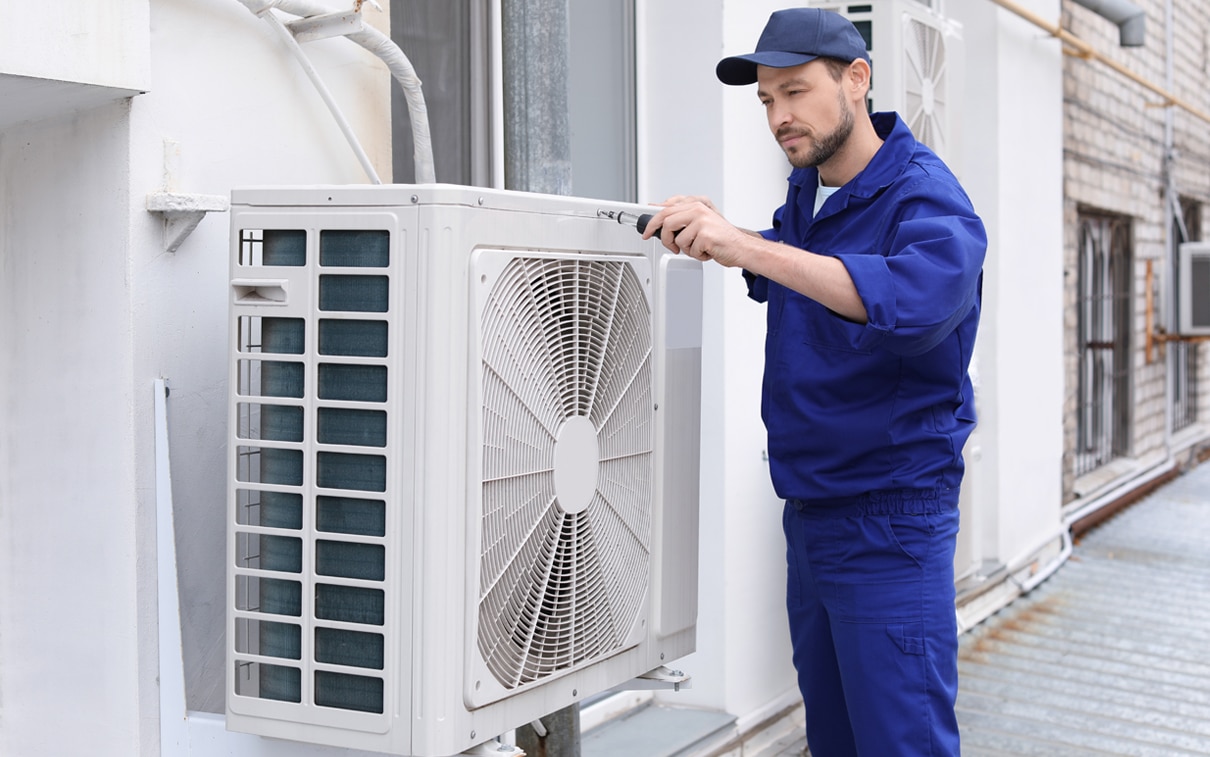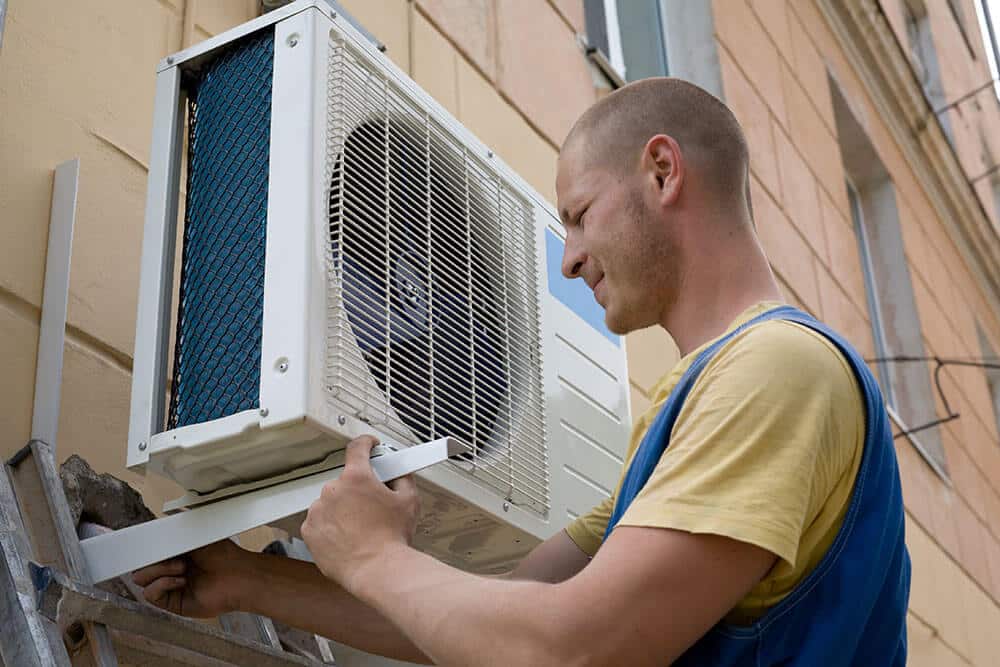Ducted Air Conditioning Vs Split Systems

Selecting the right air conditioning system is crucial for maintaining comfort and efficiency in your home. There are many factors to consider when choosing the right air conditioning system for your home. Homeowners primarily oscillate between two popular choices: ducted and split air conditioning systems. Each system boasts unique features, benefits, and drawbacks, making the decision a significant one for Australian households.
Ducted air conditioning offers a comprehensive solution for cooling entire homes, with a hidden network of ducts that quietly and efficiently manage indoor temperatures. In contrast, split systems provide targeted cooling in specific areas, offering flexibility and cost-effective installation.
This post delves into the nuances of ducted and split air conditioning systems, comparing their advantages and limitations to assist homeowners in making an informed choice.
Overview of Ducted Air Conditioning

Ideal for larger homes or buildings, ducted systems are designed to cool multiple rooms simultaneously. This system’s discrete nature ensures that the aesthetic appeal of the property is maintained, with only the vents visible in each room, offering a seamless and integrated cooling solution.
Advantages of Ducted Air Conditioning
- Sleek, unobtrusive cooling solution. Ducted air conditioning systems offer a discreet cooling option by hiding the majority of the unit within the roof or underfloor space, leaving only the vents visible. This not only maintains the aesthetic appeal of the interior design but also frees up valuable space that would otherwise be occupied by bulky units.
- Uniform cooling throughout the house. By eliminating hot spots, ducted systems ensure a consistent and comfortable temperature in every room, regardless of their size or location within the house. This creates a harmonious environment where occupants can enjoy consistent comfort without experiencing fluctuations in temperature.
- Zoning capabilities. With the ability to control the temperature in different areas independently, ducted air conditioning systems offer personalised comfort tailored to individual preferences. This zoning feature not only enhances comfort but also improves energy efficiency by directing airflow only to occupied areas, thereby reducing unnecessary energy consumption.
- Energy efficiency. Ducted systems contribute to energy savings by avoiding the wasteful cooling of unused spaces. By zoning different areas and directing airflow strategically, these systems optimise energy usage, potentially leading to lower electricity bills over time. Additionally, the integrated nature of ducted systems reduces energy loss through ductwork, further enhancing efficiency.
- Reduced noise. The integrated design of ducted air conditioning systems minimises noise levels compared to other units, providing a quieter and more peaceful indoor environment. This makes ducted systems ideal for residential settings where noise disruption is a concern, allowing occupants to enjoy cooling comfort without unwanted distractions.
Disadvantages of Ducted Air Conditioning

- While ducted air conditioning systems offer seamless cooling across entire homes, they come with certain disadvantages. Primarily, the initial installation cost is significantly higher than split systems, primarily due to the extensive ductwork and larger unit required. This complexity also means that installation can be invasive and time-consuming, particularly in homes not originally designed to accommodate ducted systems.
- The space requirement for the ductwork may also be a limiting factor in smaller homes or those with limited roof or underfloor space. Additionally, maintenance can be more challenging and costly, as accessing ducts hidden in walls or ceilings requires professional assistance. The system’s efficiency can also be compromised if the ductwork is not well maintained, leading to increased energy consumption and operational costs.
Therefore, while ducted air conditioning can provide comprehensive cooling, it demands a significant upfront investment and ongoing maintenance.
Overview of Split Systems

Ideal for cooling individual rooms or smaller spaces, split systems offer flexibility in temperature control and placement. They are a favoured choice in homes and apartments where ducted air conditioning is impractical due to space limitations or the desire to control cooling in specific areas independently.
Advantages of Split Systems
- Split systems are renowned for their cost-effectiveness and ease of installation, making them a popular choice for many homes. Unlike ducted systems, they do not require extensive ductwork, leading to lower initial costs and less invasive installation processes. This advantage is particularly beneficial in existing homes or apartments where retrofitting ductwork would be challenging or impossible. Mr Emergency states that “Split system air conditioners are easy to install and less invasive than a ducted system.”
- Split systems also offer the flexibility to cool or heat individual rooms as needed, allowing for more efficient energy use and the ability to tailor the temperature to personal preferences room by room. Moreover, modern split systems are known for their quiet operation and energy efficiency, which can lead to significant savings on energy bills. The ability to install multiple units independently across different rooms or zones in a house also adds to the adaptability and scalability of split system air conditioners.
Disadvantages of Split Systems
- Split system air conditioners, while versatile and cost-effective, come with their own set of drawbacks. A notable disadvantage is their aesthetic impact; the indoor and outdoor units are visible and may not blend seamlessly with the exterior or interior decor of a home. In larger homes, cooling multiple rooms efficiently can become a challenge, often requiring multiple indoor units, which can increase the overall cost and complexity of the system.
- Each unit operates independently, so managing several units can be less convenient than a single, centralised ducted system. Additionally, while individual units are generally quiet, having multiple split systems running simultaneously can lead to increased noise levels. Furthermore, split systems may not distribute air as evenly as ducted systems, potentially leading to uneven temperatures and hot or cold spots within a room or area.
Making an Informed Decision: Cost, Efficiency, and Lifestyle Considerations
When deciding between ducted and split air conditioning systems, Australian homeowners must consider not only the initial installation cost but also the long-term efficiency and how the system fits into their lifestyle and property.
Ducted systems, with their higher upfront costs, are an investment in whole-home comfort, offering a consistent and integrated solution.
They are particularly suited to larger homes or those under construction, where the ductwork can be incorporated into the building’s design. The efficiency of ducted systems in cooling multiple rooms can lead to energy savings over time, particularly in homes where consistent temperature control is desired throughout.
In contrast, split systems offer a more budget-friendly installation, with the added benefit of scaling up over time; homeowners can start with cooling one room and add more units as needed.
This modular approach is advantageous for those with immediate cooling needs in specific areas without the financial outlay for a whole-home system. Split systems also typically have lower ongoing maintenance costs compared to ducted systems, which require professional checks and cleaning to ensure optimal performance and air quality.
Lifestyle and property layout play a crucial role in choosing the right air conditioning system. For instance, renters or those with smaller living spaces may find the flexibility and lower cost of split systems more appealing.
Conversely, homeowners with larger properties or those planning to stay in their homes long-term might prefer the integrated approach of a ducted system.
In sum, the decision between ducted and split air conditioning should be informed by a comprehensive evaluation of upfront and operational costs, the efficiency of the system in meeting cooling needs, and how well the system aligns with the homeowner’s lifestyle and property characteristics.







